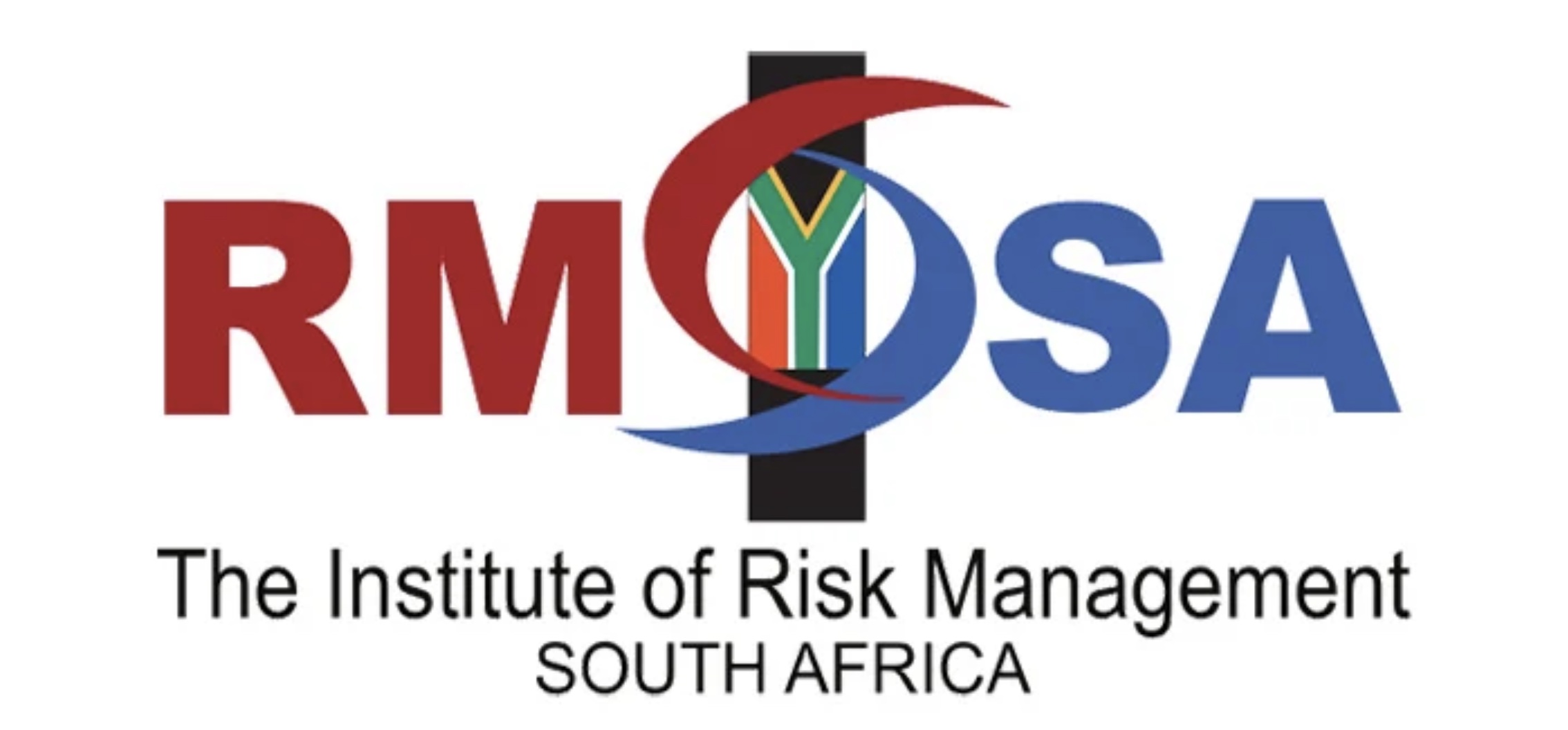Urgent Cost-of-living crisis: Global Risks Report 2023
Cost of living crisis is the biggest short-term risk according to the Global Risks Report 2023, produced in partnership with Marsh McLennan and Zurich Insurance Group. It draws on the views of over 1,200 global risk experts, policy-makers and industry leaders. Across three timeframes, it paints a picture of the global risks landscape that is both new and eerily familiar, as the world faces many pre-existing risks that previously appeared to be receding.
Ranked as the most severe global risk over the next two years by Global Risks Perception Survey (GRPS) respondents, a global cost-of-living crisis is already here, with inflationary pressures disproportionately hitting those that can least afford it. Even before the COVID-19 pandemic, the price of basic necessities – non-expendable items such as food and housing – were on the rise. Costs further increased in 2022, primarily due to continued disruptions in the flows of energy and food from Russia and Ukraine. To curb domestic prices, around 30 countries introduced restrictions, including export bans, in food and energy last year, further driving up global inflation. Despite the latest extension, the looming threat of Russia pulling out of the Black Sea Grain Export Deal has also led to significant volatility in the price of essential commodities.
Cost-of-living crisis was broadly perceived by GRPS respondents to be a short-term risk, at peak severity within the next two years and easing off thereafter. However, the persistence of a global cost-of-living crisis could result in a growing proportion of the most vulnerable parts of society being priced out of access to basic needs, fueling unrest and political instability. Continued supply-chain disruptions could lead to sticky core inflation, particularly in food and energy especially as South Africa’s power supply crisis continues. This could fuel further interest rate hikes, raising the risk of debt distress, a prolonged economic downturn and a vicious cycle for fiscal planning.
Economic impacts are often cushioned by expansive fiscal policy and government programs in countries that can afford them. Advanced economies continue to roll out measures, many of which have been broad-brush in approach – ranging from caps on electricity bills, fuel rebates and subsidized public transport tickets for consumers, to export controls on food, tax relief, enhanced state aid and support for affected companies. The resulting pressure on fiscal balances may exacerbate debt sustainability concerns, leaving emerging and developing countries with far less fiscal room to protect their populations in the future.
Both affordability and availability of basic necessities can stoke social and political instability. Last year, the increase in fuel prices alone led to protests in an estimated 92 countries, some of which resulted in political upheaval and fatalities, alongside strikes and industrial action. The impact of insecurity will continue to be felt most acutely in already vulnerable states – including Somalia, Sudan, South Sudan and the Syrian Arab Republic – but may also exacerbate instability in countries facing simultaneous food and debt crises, such as Tunisia, Ghana, Pakistan, Egypt and Lebanon.
A combination of extreme weather events and constrained supply could lead the current cost-of-living crisis into a catastrophic scenario of hunger and distress for millions in import-dependent countries or turn the energy crisis towards a humanitarian crisis in the poorest emerging markets. Energy shortages – as a result of supplier shut-offs or natural, accidental or intentional damage to pipelines and energy grids – could cause widespread blackouts and fatalities if combined with seasonal extreme weather. There is also a material possibility of a global food supply crisis occurring in 2023, with the continuation of the war in Ukraine, the lagged effect of a price spike in fertilizer last year and the impact of extreme weather conditions on food production in key regions. Estimates suggest that over 800,000 hectares of farmland were wiped out by floods in Pakistan – increasing commodity prices significantly in a country that was already grappling with record 27% inflation. Predicted droughts and water shortages may cause a decline in harvests and livestock deaths across East Africa, North Africa and Southern Africa, exacerbating food insecurity.
Last year’s edition of the Global Risks Report warned that inflation, debt and interest rate rises were emerging risks. Today, governments and central banks – led by developed markets are walking a tightrope between managing inflation without triggering a deep or prolonged recession, and protecting citizens from a cost-of-living crisis while servicing historically high debt loads.
Questions to Consider:
- At a time when countries and organisations should be stepping up resilience efforts, economic headwinds will constrain their ability to do so. Faced with the most difficult geo-economic conditions in a generation, companies should not only focus on navigating near-term concerns but also on developing strategies that will position them well for longer-term risks and structural change?
- The short-term risk landscape is dominated by energy, food, debt, disasters as the cost of living increases. Those that are already the most vulnerable are suffering – and in the face of multiple crises, those who qualify as vulnerable are rapidly expanding, in rich and poor countries alike. Is it time for leaders to act collectively and decisively, balancing short- and long-term views?
- The interplay between climate change impacts, biodiversity loss, food security and natural resource consumption is a dangerous cocktail. Without significant policy change or investments, will this mix accelerate ecosystem collapse, threaten food supplies, amplify the impacts of natural disasters and limit further climate mitigation progress?
Written by Spiros Fatouros, Chief Executive Officer: Marsh Africa

